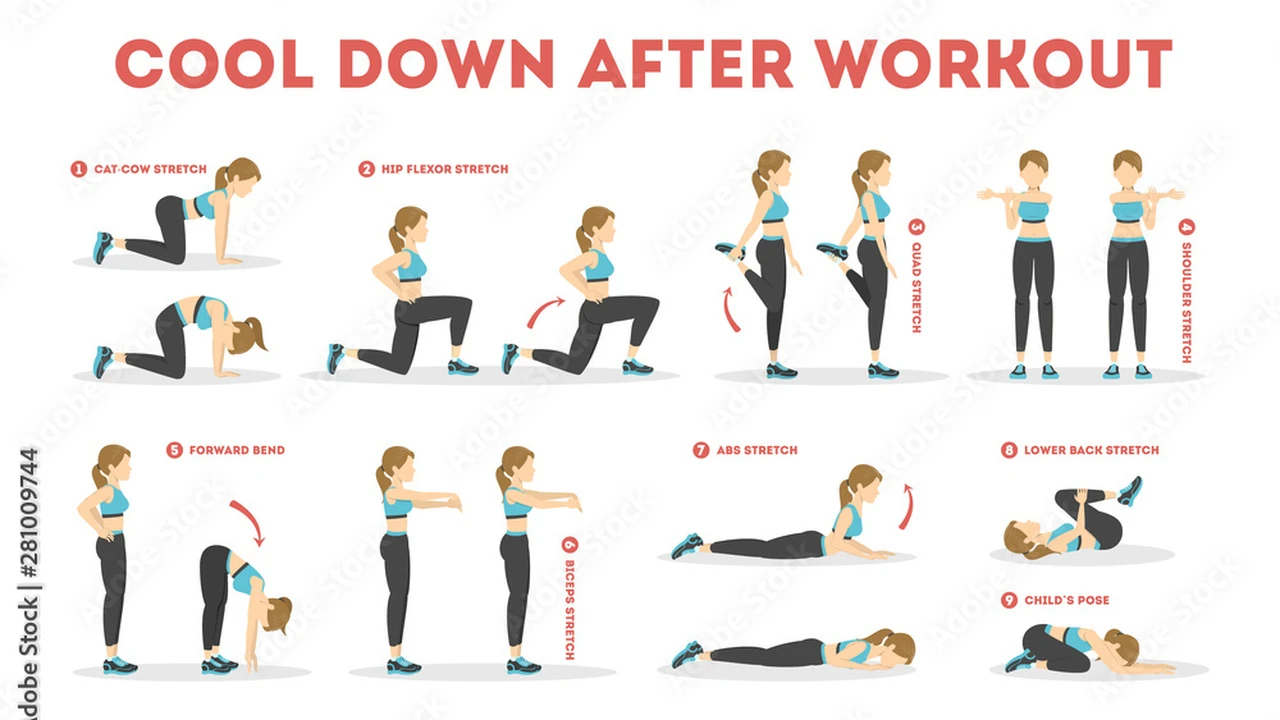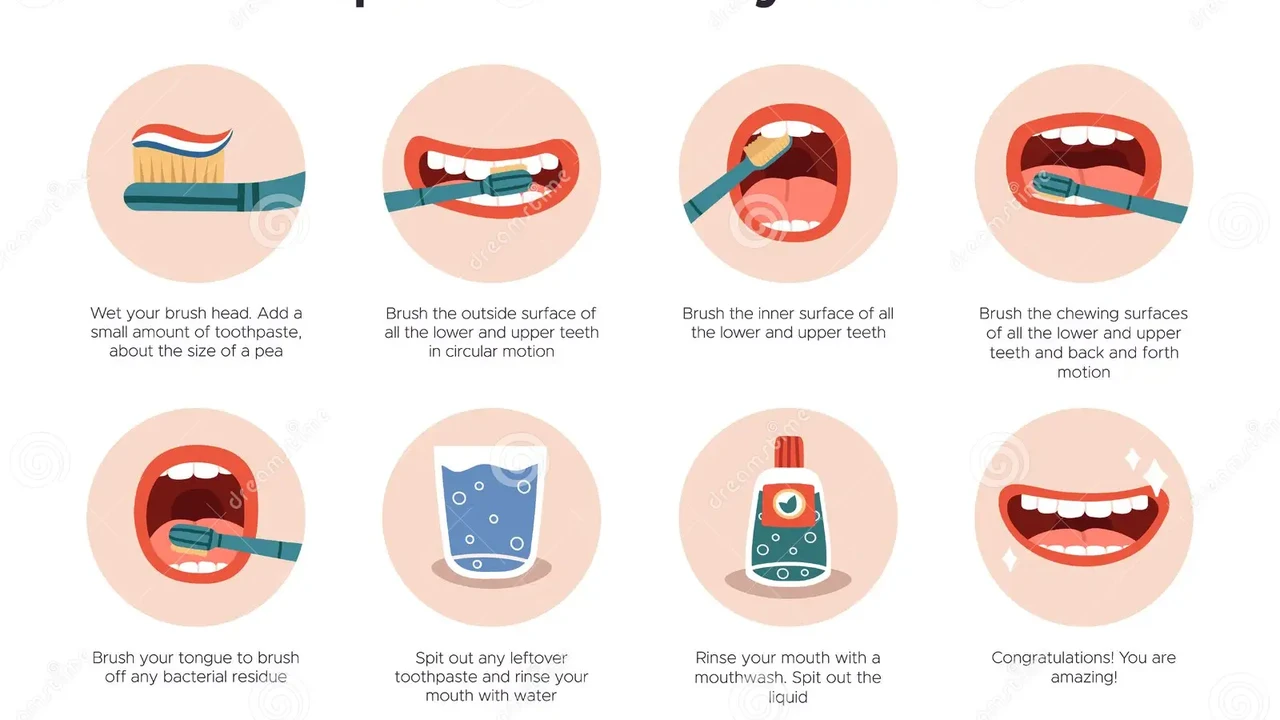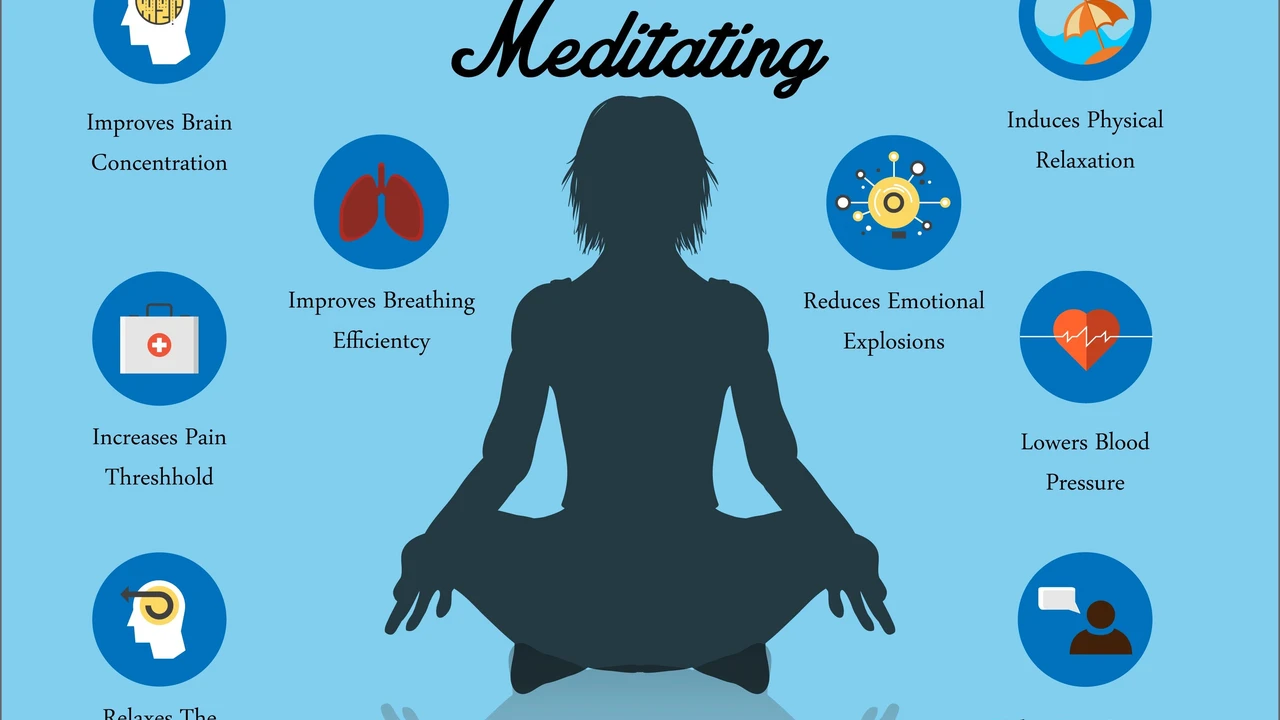How to Cool Down Properly After a Workout

Cooling down after a workout is just as important as warming up Learn how to cool down properly to reduce muscle soreness, improve recovery, and prevent injury This article provides practical tips and stretches for an effective post-workout cool-down
Why Cooling Down Matters Post Workout Recovery and Injury Prevention
Okay, so you've just crushed your workout You're feeling the burn, the endorphins are pumping, and you're ready to conquer the world But hold on a second Don't just drop your weights or jump off the treadmill and head straight for the shower Cooling down is a crucial part of any workout routine, and skipping it can actually hinder your progress and increase your risk of injury
Think of your body like a car After a long drive, you wouldn't just turn off the engine immediately, right? You'd let it idle for a bit to allow the components to cool down gradually The same principle applies to your body during exercise Your heart rate and body temperature are elevated, and your blood vessels are dilated Suddenly stopping can cause dizziness, lightheadedness, and even fainting
Cooling down helps your body gradually return to its resting state It allows your heart rate and blood pressure to decrease slowly, prevents blood from pooling in your lower extremities, and helps remove metabolic waste products like lactic acid from your muscles This reduces muscle soreness and stiffness, promotes faster recovery, and minimizes the risk of injury
Effective Cool-Down Techniques Static Stretching and Dynamic Movements
So, how do you cool down properly? The most effective cool-down routines combine static stretching and light dynamic movements
Static Stretching: This involves holding a stretch for 20-30 seconds Static stretching helps to improve flexibility, reduce muscle tension, and increase range of motion Focus on stretching the muscles you used during your workout For example, if you did squats, stretch your quads, hamstrings, and glutes If you did push-ups, stretch your chest, shoulders, and triceps
Here are a few examples of static stretches you can incorporate into your cool-down:
- Hamstring Stretch: Sit on the floor with your legs extended Reach towards your toes, keeping your back straight as possible
- Quad Stretch: Stand and grab one foot, pulling it towards your buttock Keep your knees together and your back straight
- Calf Stretch: Lean against a wall with one leg extended behind you Keep your heel on the ground and feel the stretch in your calf
- Triceps Stretch: Reach one arm overhead and bend it at the elbow Use your other hand to gently pull your elbow further down your back
- Chest Stretch: Stand with your feet shoulder-width apart Clasp your hands behind your back and gently lift your arms up, feeling the stretch in your chest
Dynamic Movements: These are controlled, repetitive movements that gradually decrease in intensity Dynamic movements help to maintain blood flow, reduce muscle stiffness, and improve joint mobility Examples of dynamic movements include:
- Walking: A light walk on the treadmill or around the track is a great way to gradually lower your heart rate
- Arm Circles: Slowly rotate your arms forward and backward to loosen up your shoulders and upper back
- Leg Swings: Swing your legs forward and backward, and side to side, to improve hip mobility
- Torso Twists: Gently twist your torso from side to side to loosen up your spine and core
Sample Cool-Down Routine A Step-by-Step Guide
Here's a sample cool-down routine you can use after your workouts:
- Light Cardio (5 minutes): Walk on the treadmill or around the track at a slow pace This will help gradually lower your heart rate
- Dynamic Stretching (5 minutes): Perform arm circles, leg swings, and torso twists to improve joint mobility
- Static Stretching (10 minutes): Hold each of the static stretches mentioned above for 20-30 seconds
Remember to listen to your body and adjust the intensity and duration of your cool-down as needed
Cool-Down Gear Recommendations Enhancing Your Recovery
While a good cool-down primarily relies on technique, certain products can enhance your recovery and make the process more enjoyable:
Foam Rollers: Muscle Relief and Flexibility
Foam rollers are fantastic for self-myofascial release, which helps to break up muscle knots and improve flexibility. There are numerous options available, each with varying textures and densities.
- TriggerPoint GRID Foam Roller: This is a popular choice due to its multi-density surface, which mimics the feeling of a massage therapist's hands. It's great for targeting specific muscle groups and relieving tension. Price: Around $35. Use Case: After a leg workout, use it on your quads, hamstrings, and calves to reduce soreness.
- Amazon Basics High-Density Round Foam Roller: A more affordable option that provides a firm, even surface for rolling. Good for beginners. Price: Around $15. Use Case: General muscle soreness relief after any workout.
Massage Guns: Deep Tissue Percussion
Massage guns use percussion therapy to deliver rapid bursts of pressure to your muscles, promoting blood flow and reducing muscle stiffness.
- Theragun Elite: A premium option with adjustable speed settings and a variety of attachments for targeting different muscle groups. Price: Around $399. Use Case: Post-workout recovery for athletes or anyone experiencing significant muscle soreness.
- Hypervolt Go 2: A more compact and affordable massage gun that still delivers powerful percussion. Price: Around $199. Use Case: On-the-go recovery after workouts or for relieving muscle tension throughout the day.
Compression Gear: Improved Circulation
Compression socks and sleeves can help to improve blood circulation, reduce swelling, and speed up recovery.
- CEP Compression Socks: These socks provide graduated compression, which means they are tighter at the ankle and gradually looser towards the knee. This helps to promote blood flow back to the heart. Price: Around $40. Use Case: Wear them after a long run or leg workout to reduce swelling and soreness.
- Normatec Recovery System: A more advanced option that uses pulsed compression to massage your limbs. Price: Around $800-$1200. Use Case: Professional athletes or individuals seeking the ultimate recovery experience.
Comparison Table: Cool-Down Products
| Product | Type | Price | Use Case | Pros | Cons |
|---|---|---|---|---|---|
| TriggerPoint GRID Foam Roller | Foam Roller | $35 | Targeted muscle relief | Multi-density surface, effective for specific areas | Can be uncomfortable for beginners |
| Amazon Basics Foam Roller | Foam Roller | $15 | General muscle relief | Affordable, good for beginners | Less targeted than GRID roller |
| Theragun Elite | Massage Gun | $399 | Deep tissue percussion | Powerful, adjustable settings, various attachments | Expensive |
| Hypervolt Go 2 | Massage Gun | $199 | On-the-go recovery | Compact, powerful, more affordable | Fewer attachments than Theragun |
| CEP Compression Socks | Compression Gear | $40 | Improved circulation, reduced swelling | Graduated compression, comfortable | Can be difficult to put on |
| Normatec Recovery System | Compression Gear | $800-$1200 | Advanced recovery | Pulsed compression, ultimate recovery experience | Very expensive |
The Takeaway Make Cooling Down a Habit
Cooling down is an essential part of any workout routine Don't skip it! By incorporating static stretching and light dynamic movements into your cool-down, you can reduce muscle soreness, improve recovery, and minimize your risk of injury So, next time you finish a workout, take a few extra minutes to cool down properly Your body will thank you for it!
:max_bytes(150000):strip_icc()/277019-baked-pork-chops-with-cream-of-mushroom-soup-DDMFS-beauty-4x3-BG-7505-5762b731cf30447d9cbbbbbf387beafa.jpg)






